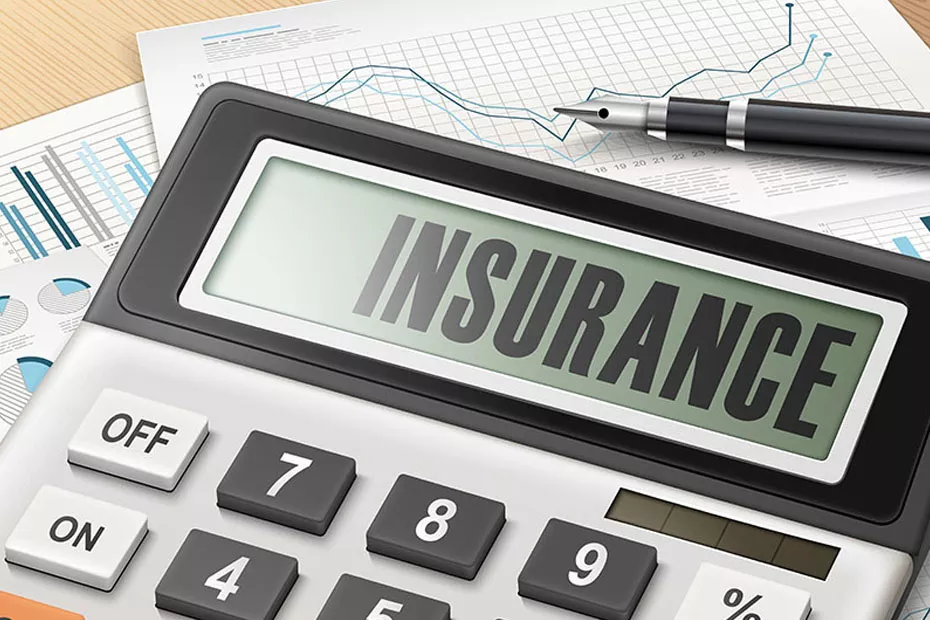Forex trading is the act of buying and selling currencies. People trade forex to make profits from changes in currency values. The forex market is the largest financial market in the world. It operates 24 hours a day, five days a week. Traders use different tools and terms to analyze and execute trades. One of the most important terms in forex trading is “pip.”
What Is a Pip in Forex?
A pip stands for “percentage in point.” It is the smallest price move a currency pair can make. Most currency pairs are priced to four decimal places. A pip is usually the last decimal place in the exchange rate. For example, if the EUR/USD moves from 1.1050 to 1.1051, that is a one-pip increase.
Pips help traders measure price changes. They also help calculate profits and losses. Understanding pips is essential for risk management. Without knowing pips, a trader cannot properly set stop-loss or take-profit orders.
How Pips Are Calculated
The value of a pip depends on the currency pair and trade size. Most forex pairs use four decimal places. However, some pairs, like those involving the Japanese yen, use two decimal places. For yen pairs, a pip is the second decimal place.
For example:
- EUR/USD moves from 1.1050 to 1.1051 – one pip change.
- USD/JPY moves from 110.50 to 110.51 – one pip change.
- To calculate pip value, traders need to know:
- The currency pair being traded.
- The size of the trade (lot size).
- The exchange rate.
Pip Value in Different Lot Sizes
Forex trades are done in lots. A standard lot is 100,000 units of the base currency. A mini lot is 10,000 units, and a micro lot is 1,000 units. The pip value changes based on the lot size.
For a standard lot (100,000 units):
- In EUR/USD, one pip is usually worth $10.
- In USD/JPY, one pip is also around $10, but it depends on the exchange rate.
- For a mini lot (10,000 units):
- One pip is worth $1 in most major pairs.
- For a micro lot (1,000 units):
- One pip is worth $0.10.
Knowing pip value helps traders manage risk. A trader can decide how much to risk per trade based on pip value.
Importance of Pips in Trading
Pips are crucial for several reasons:
They measure price movements. Traders use pips to track how much a currency pair has moved. This helps in analyzing trends and making trading decisions.
They help calculate profits and losses. If a trader buys EUR/USD at 1.1050 and sells at 1.1060, they gain 10 pips. If they traded one standard lot, that’s a $100 profit.
They assist in setting stop-loss and take-profit levels. A trader might set a stop-loss 20 pips away from the entry price. This limits potential losses.
They determine spreads. The spread is the difference between the bid and ask price. It is often measured in pips. A lower spread means lower trading costs.
Pips and Leverage
Leverage allows traders to control large positions with little capital. However, it also increases risk. Pips become more important when using leverage.
For example, with 100:1 leverage, a 1,000accountcancontrola100,000 position (one standard lot). A 10-pip move in the wrong direction could result in a $100 loss. That’s 10% of the account balance.
Traders must understand how pips affect their trades when using leverage. Proper risk management is essential.
Pips in Different Currency Pairs
Not all pips have the same value. The value depends on the currencies involved.
In major pairs like EUR/USD or GBP/USD, pip values are straightforward. The quote currency is the USD, so pip value is usually in dollars.
In cross pairs (pairs without USD), pip value depends on the quote currency. For example, in EUR/GBP, the pip value is in pounds. Traders need to convert it to their account currency.
In exotic pairs (like USD/TRY or EUR/SEK), pip values can vary more. These pairs often have wider spreads and higher volatility.
How to Use Pips in Trading Strategies
Traders use pips in different ways:
Scalping involves making small profits from tiny price movements. Scalpers aim for 5-10 pips per trade. They rely on high leverage and quick executions.
Day trading focuses on short-term moves. Day traders may target 20-50 pips per trade. They use technical analysis to find entry and exit points.
Swing trading holds trades for days or weeks. Swing traders aim for larger moves, often 100 pips or more. They use both technical and fundamental analysis.
Position trading is long-term. Traders hold positions for months or years. They aim for hundreds or thousands of pips in profit.
Common Mistakes with Pips
New traders often make mistakes with pips:
Ignoring pip value can lead to overtrading. A trader might think a 10-pip gain is small, but with a large lot size, it can be significant.
Misunderstanding spreads can increase costs. Some brokers offer tight spreads, while others have wider ones. A wider spread means a trade starts in a bigger loss.
Not setting stop-loss orders can result in huge losses. A trader might hope a losing trade turns around, but without a stop-loss, losses can grow uncontrollably.
Using too much leverage can wipe out an account. Even a small move against the trade can cause major losses.
Tools to Help with Pip Calculations
Many tools can help traders calculate pips:
Forex calculators are available online. They compute pip value, profit, and loss based on trade size and currency pair.
Trading platforms like MetaTrader 4 or 5 show pip movements in real-time. They also allow setting stop-loss and take-profit levels in pips.
Economic calendars help traders anticipate big market moves. News events can cause large pip movements. Being prepared is key.
Conclusion
Pips are a fundamental part of forex trading. They measure price changes, help calculate profits and losses, and assist in risk management. Understanding pips is essential for any trader, whether a beginner or an expert. By knowing how pips work, traders can make better decisions, manage risks, and improve their chances of success in the forex market. Always remember to use proper risk management and never trade without understanding pip values.
Related topics:


































